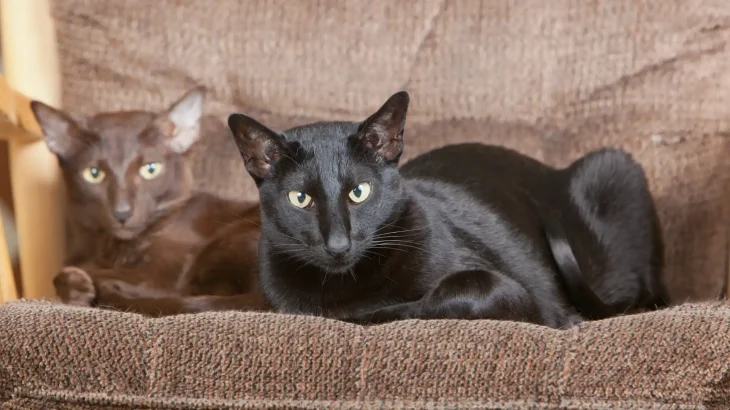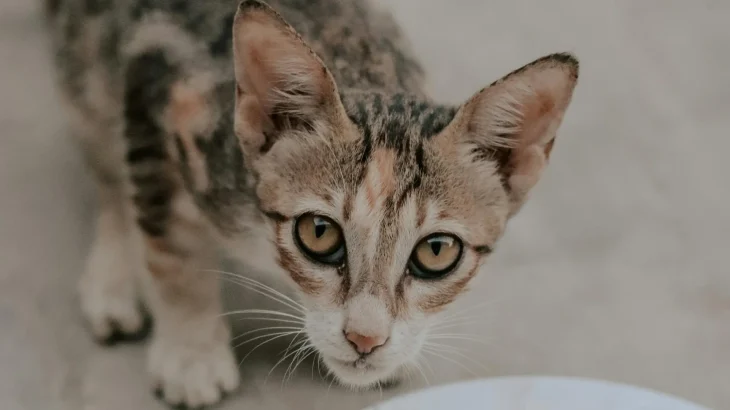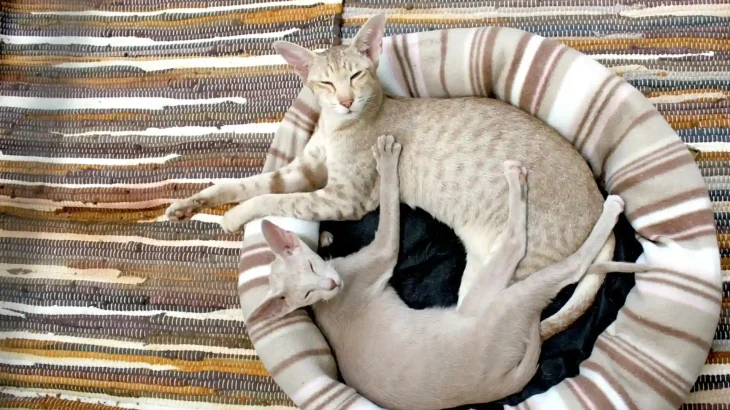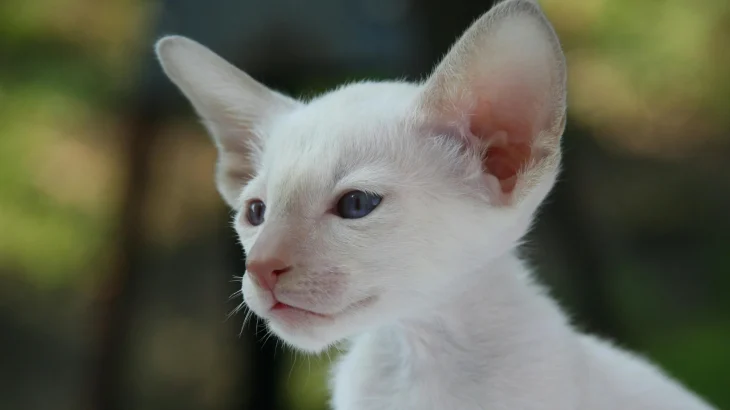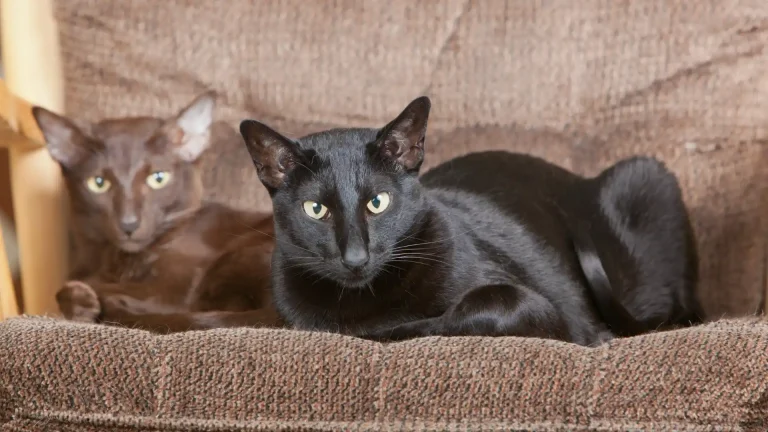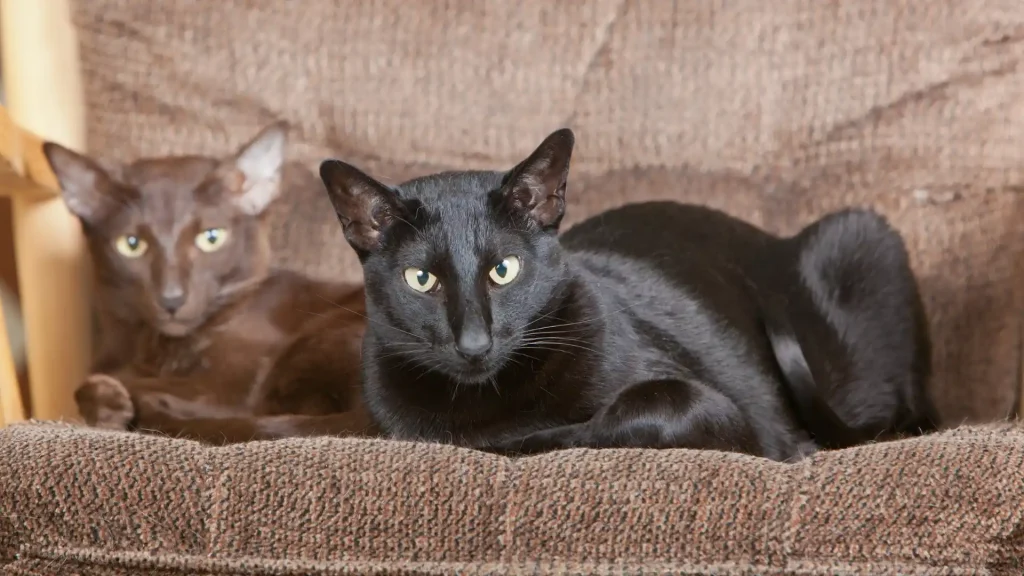Deciding between adopting or purchasing an Oriental Shorthair kitten involves weighing your priorities regarding cost, health transparency, and ethics. Buying from a breeder often provides clearer information on the kitten's lineage and health, while adoption is a compassionate option that can save a life and usually costs less.
| Criteria | Buying from Breeder | Adopting from Shelter/Rescue |
|---|---|---|
| Cost | Higher initial cost reflecting breed purity and pedigree. | Lower fees, often including vaccinations and spaying/neutering. |
| Health History | Comprehensive health records and genetic screenings provided. | Health history may be limited; shelters conduct basic health checks. |
| Age Availability | Primarily kittens, allowing early bonding and training. | Wider age range, including adults needing homes. |
| Temperament Insight | Breeders can share lineage-based temperament and behavior info. | Shelter staff may offer behavior observations; history may be unknown. |
| Supporting Practices | Supports breed preservation when choosing ethical breeders. | Contributes to animal welfare by rescuing and rehoming cats. |
| Breed Purity & Pedigree | Guarantees breed standards and pedigree documentation. | Often mixed or unknown breeds without pedigree paperwork. |

